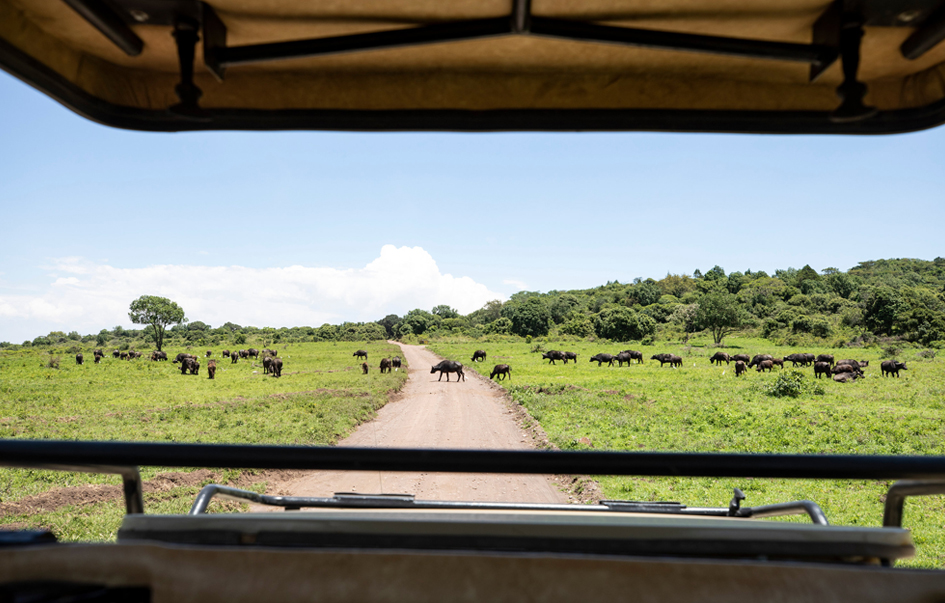Arusha National Park
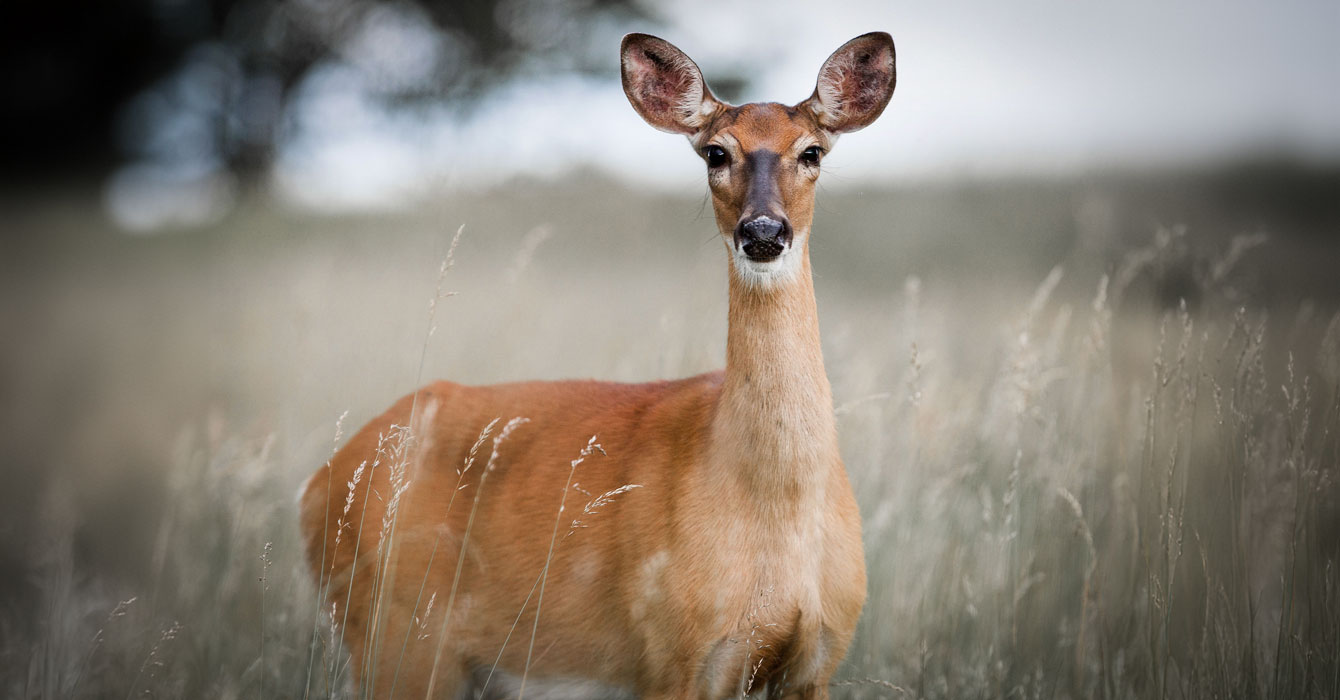
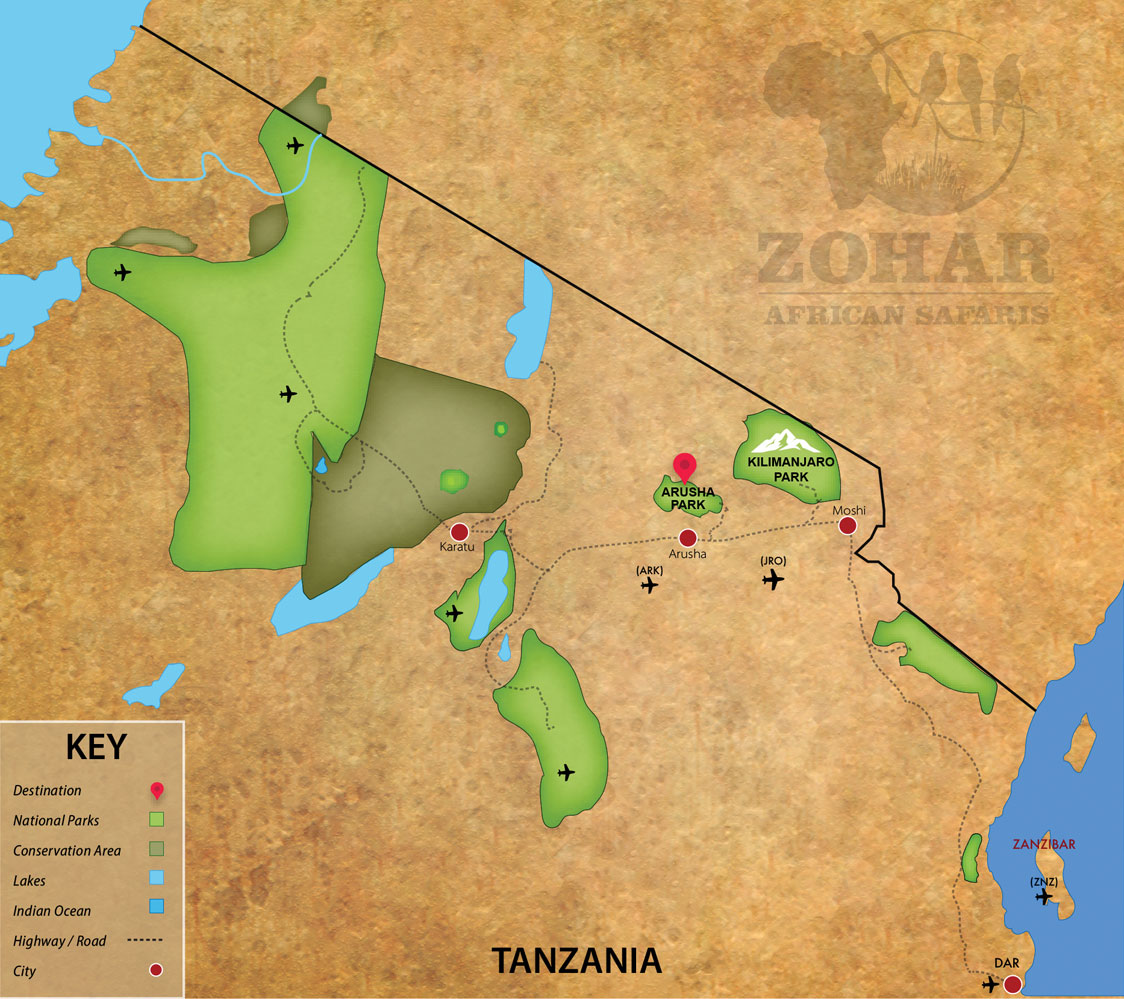
Covering just 53 square miles (137 square kilometers), Arusha National Park may be small in size, but it offers a remarkable diversity of landscapes and wildlife, making it an excellent choice for a compact yet immersive safari experience.
Easily accessible & perfect for short safaris
Located only 19 miles (30 kilometers) from Arusha and 22 miles (36 kilometers) from Kilimanjaro International Airport (JRO), the park is one of the most accessible safari destinations in Tanzania.
Whether you’re looking to kick off or wind down your Tanzanian adventure, or simply escape the city for a day, Arusha National Park provides a refreshing retreat into nature.
A diverse & scenic wilderness
Despite its modest size, the park boasts an impressive variety of ecosystems, from lush rainforests and rolling savannas to volcanic craters and sparkling lakes. This diversity supports a rich array of wildlife, making it a fantastic destination for those seeking a short yet rewarding safari experience.
Whether you’re looking for a quick wildlife excursion or a serene nature escape, Arusha National Park offers an unforgettable experience just a short drive from Tanzania’s safari capital.
Features & Wildlife Species
Visitors to the park are always impressed by the incredible variety of flora, fauna, and birdlife. Arusha National Park is marked by three significant features – Mt. Meru, the second highest mountain in Tanzania; the colorful Momella Lakes, shallow alkaline lakes famous for migratory flamingos and water birds; and the 1.86 miles (3 km) wide Ngurdoto Crater, often called “Little Ngorongoro Crater”, which was formed nearly fifteen million years ago.
Arusha National Park, noted for its rich bird watching and mantled Guereza monkeys, is also the year-round home to Cape buffalo, waterbuck, giraffe, zebra, and warthogs.
Elephants are found throughout the park, but are somewhat more shy than those in the Tarangire and Serengeti National Parks. You can even spot a leopard if the conditions are right!
Visitors to the park are always impressed by the incredible variety of flora, fauna, and birdlife. Arusha National Park is marked by three significant features – Mt. Meru, the second highest mountain in Tanzania; the colorful Momella Lakes, shallow alkaline lakes famous for migratory flamingos and water birds; and the 1.86 miles (3 km) wide Ngurdoto Crater, often called “Little Ngorongoro Crater”, which was formed nearly fifteen million years ago.
Arusha National Park, noted for its rich bird watching and mantled Guereza monkeys, is also the year-round home to Cape buffalo, waterbuck, giraffe, zebra, and warthogs.
Elephants are found throughout the park, but are somewhat more shy than those in the Tarangire and Serengeti National Parks. You can even spot a leopard if the conditions are right!
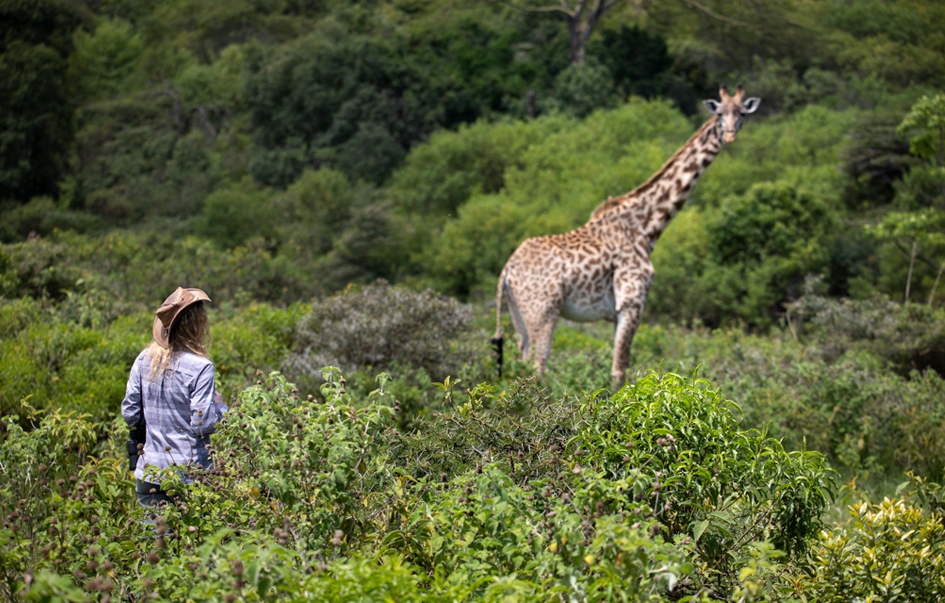
AREA ACTIVITIES
- Game drives.
- Multi days Mount Meru hiking safaris.
- Nature walks.
- Bird watching safaris.
- Canoeing.
- Bicycling.
- Waterfalls hike.
WHEN TO VISIT
- Year-round but the best time is between June to October and Mid December to February during the dry season. More about on best time for a safari.
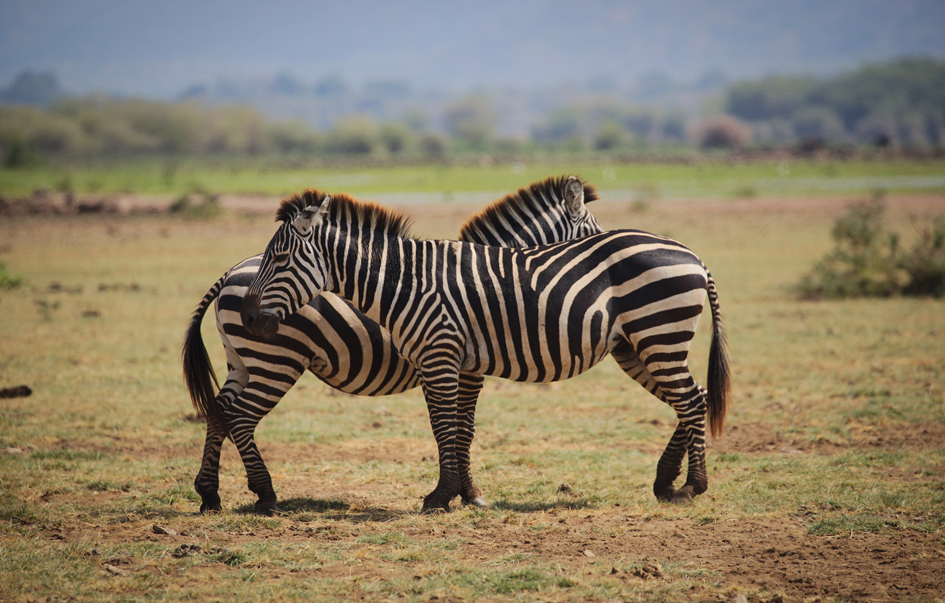

WHAT TO SEE
- baboons and colobus monkeys, elephant, giraffe, hippo, antelope & gazelle, zebras, buffalos etc.
- over 550 species of birds.
- Momella Soda Lake filled with migratory flamingos and other water birds.
- Meru, the second highest mountain in Tanzania.
- the 1.86 miles (3 km) wide Ngurdoto Crater, often called “Little Ngorongoro Crater”.
HOW TO GET THERE
- it takes about 45min to 1h of driving from Arusha city center or Kilimanjaro International Airport (JRO).
